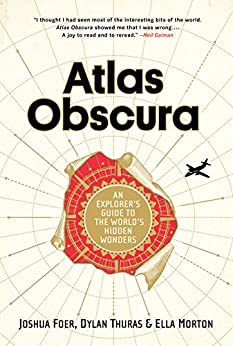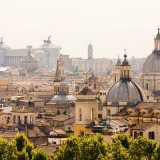Burano: Venice’s Calmer and More Colourful Cousin

Burano, Italy. Credit: Victoria Boyd.
Let the soft winds of the Adriatic Sea blow through your hair aboard a ferry from Venice to Burano. Feel the stress of the modern world fade away as you sail towards the tranquil fishing village perpetually caught in the 19th century.
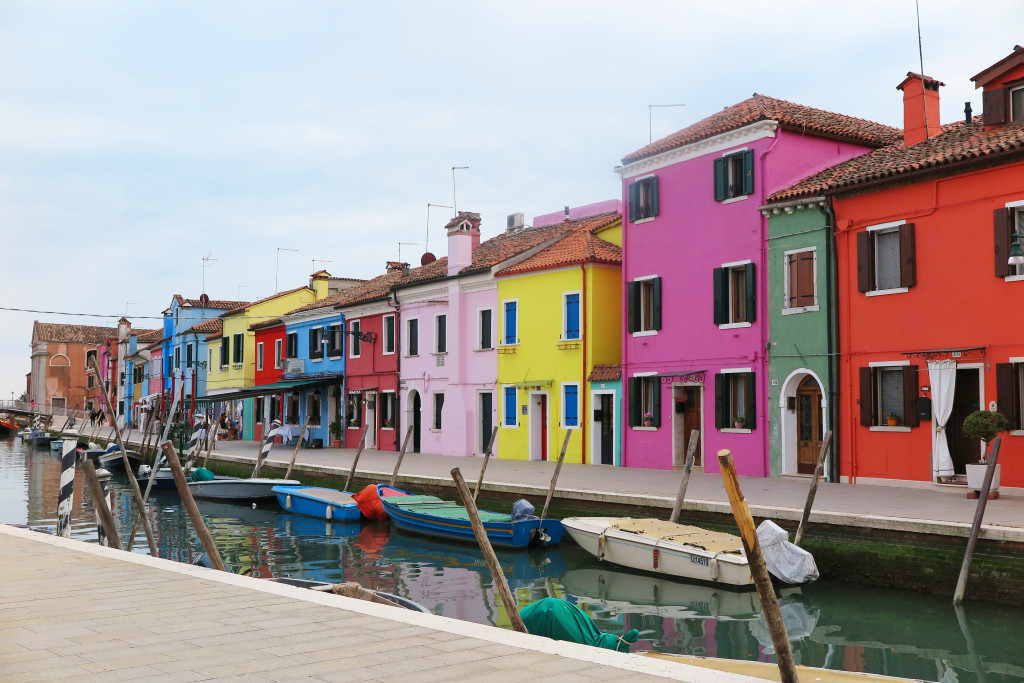
Located in the Venetian lagoons and famous for its long stretches of brightly painted houses, Burano is a small archipelago of four islands divided by narrow canals and linked by stone bridges. Credit: Victoria Boyd.
Burano resembles a quilted patchwork of colours sewn together by the threads of dark green canals. Bright flowers bloom in window boxes, fresh laundry blows in the breeze, small boats dot the canals, and sweet smells of freshly baked pastries float through the air. The village is postcard perfect, and is certainly the most peaceful place for an afternoon getaway from busy Venice.
The rationale behind Burano’s famous rainbow of houses remains a mystery. Some say the houses were painted so that fisherman could see the island in the distance as they returned after a long day at sea. Others say that families used to paint their homes to designate where their property ended and their neighbour’s began. In any case, the tradition stuck. Today, homeowners who wish to paint their house must send a request to the government, who respond by giving notice of the specific colours permitted for that lot.

Spend the afternoon admiring the rainbow of houses and its reflection in the water of the canals below. Credit: Victoria Boyd.
The Leaning Tower of… Burano
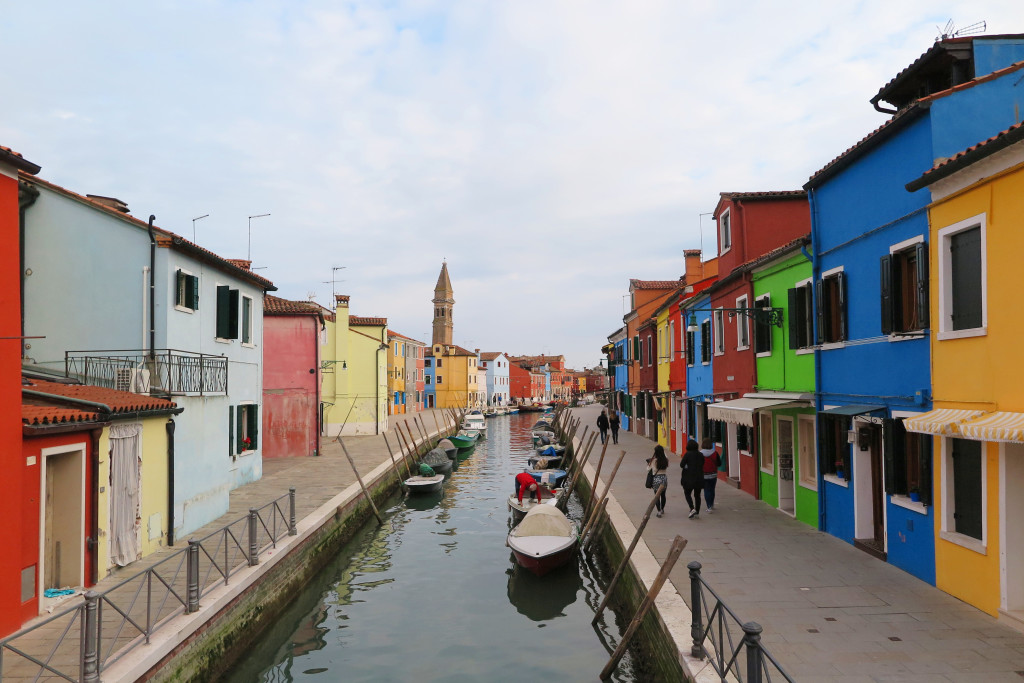
The leaning tower of the San Martino Church, as seen from a bridge over one of the canals. Credit: Victoria Boyd.
While in Galuppi Square, visit the San Martino Vescovo Church. You’ll be drawn to the church’s curious bell tower, rising high above the coloured houses and leaning precariously toward the canals below. Pause to admire the church’s 15th century architecture and step inside to marvel several historical masterpieces, such as the Crufixion, a painting by Giovanni Battista Tiepolo dating back to 1723.
The Art of Lacemaking
Burano rose to importance in the 16th century, when women on the island began producing and exporting handmade lace. Historically, each woman specialized in a single stitch, so each piece was passed from woman to woman until it was finally ready to be sold to Europe’s aristocratic elite.
Learn more about the island’s intimate history with this delicate art by visiting the Lace Museum located in the historic Podestà of Torcello Palace in Galuppi Square. The small two-story museum offers impressive displays of invaluable lace products and showcases the history of the art, from its origins in the 16th century to contemporary methods and styles.
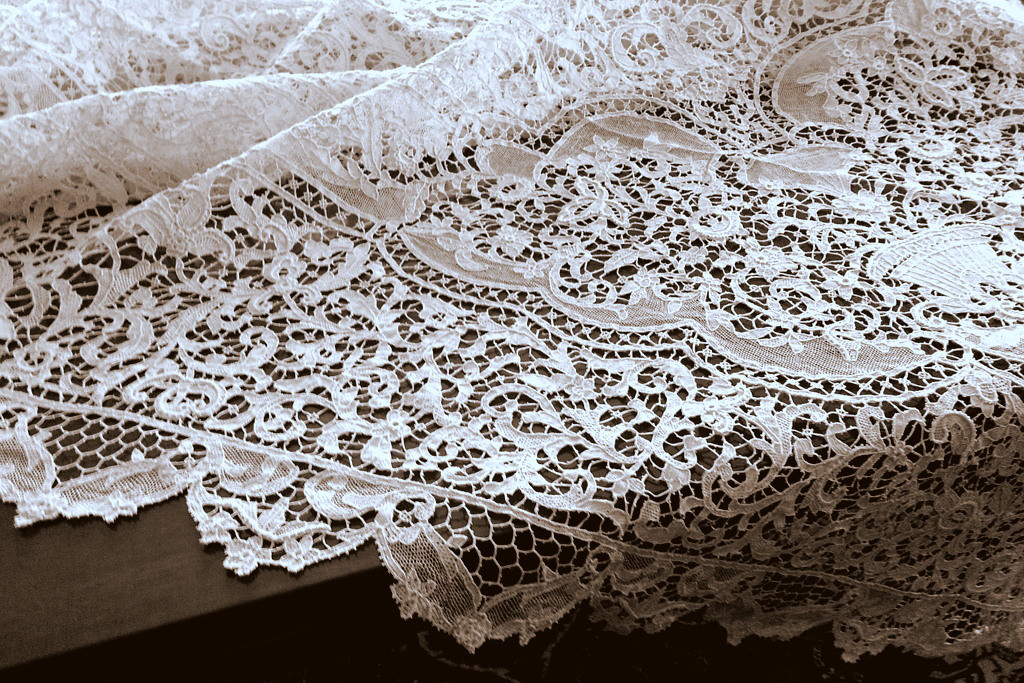
If you’re lucky, you’ll find a group of Buranese women wielding their needles in a sewing circle on the second floor of the Museum, near a display of traditional lacemaking tools. Credit: Martina Vidal.
If you don’t have time to visit the museum, stroll along Galuppi Street until you reach the center of the island, Galuppi Square. Neighbourly women welcome you into their shops to watch as they delicately weave the intricate patterns of an art passed down through the generations.
To purchase some of this exquisite textile art, head to La Perla Lace Shop on Galuppi Street. You’ll find a selection of handmade products ranging from tablecloths and doilies to Venetian masks and babies’ booties.
Buyers beware: authentic lace is in limited supply and much of what is sold in shops is imported or machine-made. Do some research beforehand if you plan to purchase lace while in Burano.
People-watching in the Village Square
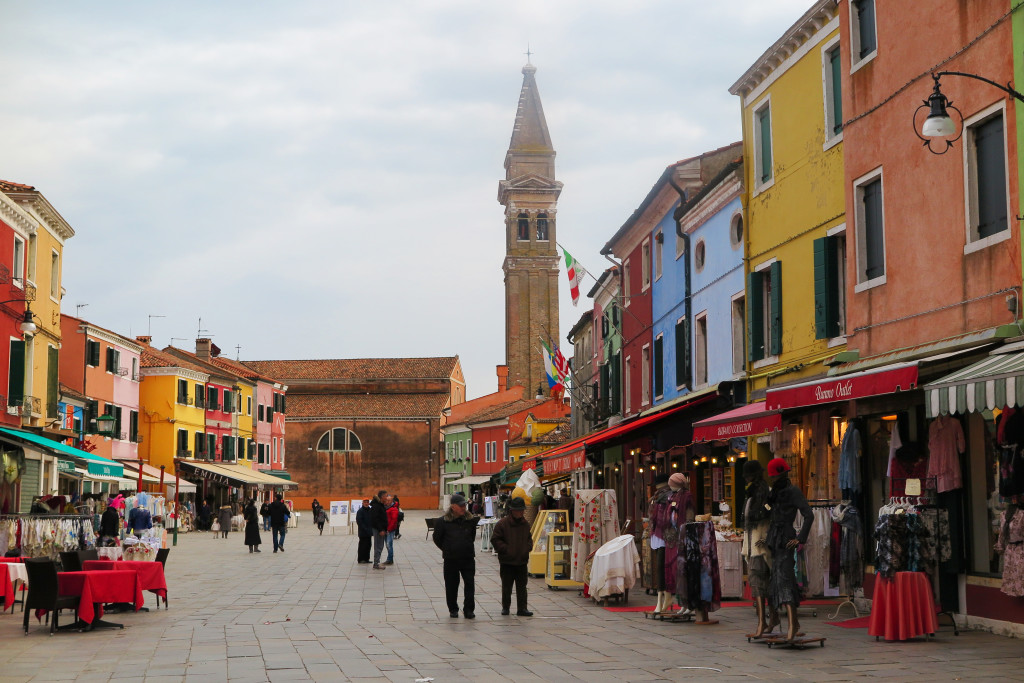
Galuppi Street looking towards Burano’s made square. Credit: Victoria Boyd.
Continue your stroll up Galuppi Street and find yourself surrounded by the typical array of tacky tourist shops you thought you abandoned in Venice. Grab a table at one of the many bars scattered along the cobblestone road and sip a glass of vino while people-watching.
On Wednesday mornings, Galuppi Street transforms into a vibrant open-air market. Wander through the stalls, chat with locals, and discover the sights and smells of a typical Venetian fishing village: warm bread, baked treats, creamy cheeses, and of course, plenty of freshly caught fish and shellfish.
Burano Cuisine: Catch of the Day
Take a break from the sun and step inside one of the island’s many Trattoria Buranella, such as ‘Trattoria da Romano’ or ‘Al Gatto Nero’, for your choice of finely prepared fresh and local seafood.
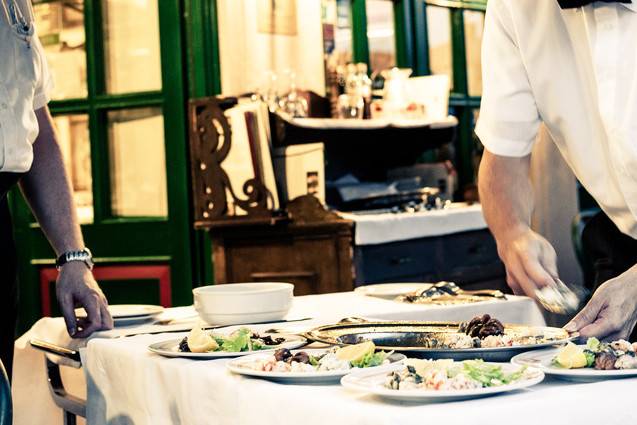
Typical lagoon cuisine at Trattoria da Romano. Credit: Charissa Fay.
Trattoria da Romano is a much-loved spot for locals and tourists, as well as for famous artists seeking inspiration in Burano’s vibrant colours. Taste a range of dishes typical of lagoon cuisine: fresh fish prepared with a refined simplicity stemming from 300 year-old gastronomic traditions.
One of the restaurant’s most popular specialties is the risotto de gò: creamy rice gently simmered in a broth delicately extracted from local goby fish. Pair your risotto de gò with a glass of cool, crisp Pinot Blanc. You’ll be craving this meal for months after returning home.
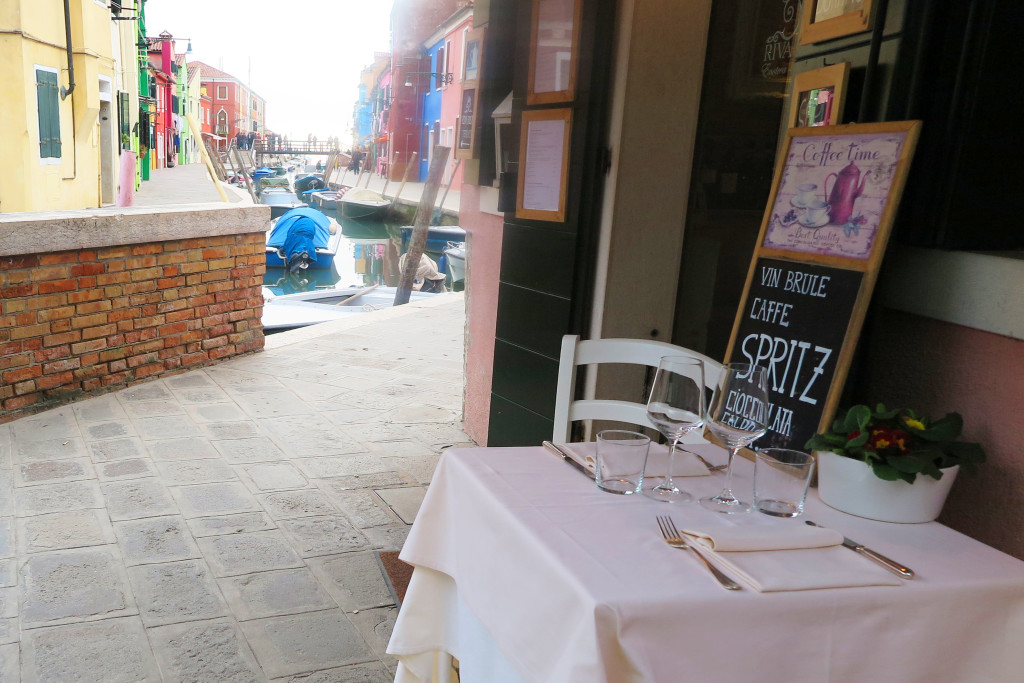
Grab a table outside at Al Gatto Nero to enjoy the food and the colours of the village at the same time.
Located in a quieter and less touristy stretch of Burano, Al Gatto Nero remains true to century old traditions and flavors by serving the same dishes that have fed the island for generations. With fresh fish from the Venetian lagoon and the Adriatic Coast, as well as homemade pasta and desserts, you really can’t go wrong.
Quench your thirst with a typical Italian cocktail called Spritz: Prosecco, Aperol or Campari liqueur, and soda. It’s fresh, cold, sparkling; the perfect choice to cleanse your palette for the seafood to come. Try the homemade pasta with fresh spider crab, or the fried mixed seasonal seafood served with organic vegetables from the farms of neighbouring islands.
Satisfy Your Sweet Tooth
Pop into one of Burano’s many gelatorias for a seemingly endless selection of icecream. If you want to try something new, search for a bakery where you’ll find two typical Buranese cookies, called Bussolà and Esse.
Transport from Venice to Burano

Burano makes for a great day trip from Venice. Credit: Victoria Boyd.
Hop on a ferry at St. Mark’s Square and enjoy the view of the Venice shoreline until you reach a stop called “Fondament Nove”. From here, step off and catch ferry number 12 which will take you directly to Burano. On this scenic route, you’ll pass by several other quaint Venetian islands, such as San Michele, Murano, Torcello.
The journey from St. Mark’s Square to Burano takes about an hour and 15 minutes. The distance is small but the second ferry is inexplicably slow. Ferries depart every half hour.
The trip costs €7 each way. If you’d like to visit the neighbouring islands of Murano and Torcello as well, purchase a “ferry day pass” for €20. Tickets can be bought at the St. Mark’s ferry dock.
A True Fisherman’s Island
Although there are a few touristy areas in Burano, the island still exudes that authentic fishing village atmosphere that can be hard to find in Venice. Fishermen return to their brightly coloured homes at dusk with their daily catch, local women tend to their flower boxes as children play along the canals below, elderly Italians gather to chat in the main square as the cheerful village buzzes around them.
But as the locals told us, this life is changing. It’s hard to live in Burano. The island is isolated and it suffers from severe acqua alta, or flooding, each winter. Young people have begun moving to the mainland, and the historic fishing and lace-making trades are being replaced by large-scale industrial companies.

Canals of Burano. Credit: Victoria Boyd.
As the world beyond this tiny Venetian lagoon continues to move faster and faster, the traditional Buranese lifestyle struggles to remain a float. Some advice: Go now.

Looking toward Venice. Credit: Victoria Boyd.
Latest posts by Victoria Boyd (see all)
- Norway Untouched: A Journey into the Fjords - January 23, 2018
- Three Days, Three Cities: Belgium’s Brussels, Ghent and Bruges - December 12, 2017
- 5 Tips for Taking Better Travel Photos - November 14, 2017








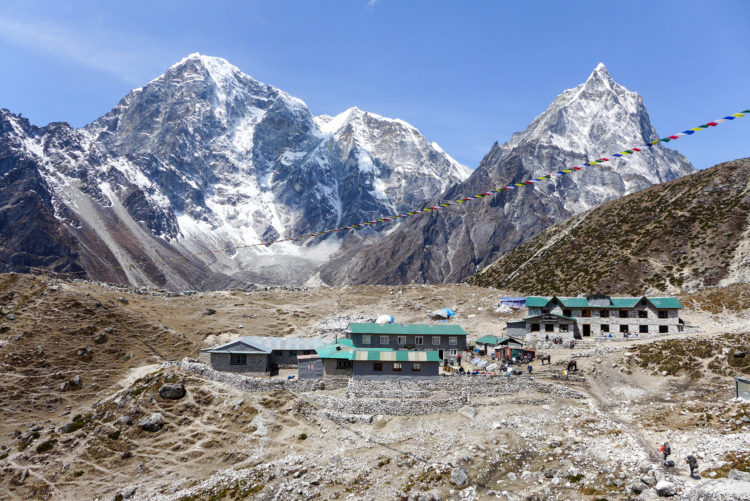 Almost all the tea houses in
Almost all the tea houses in 
